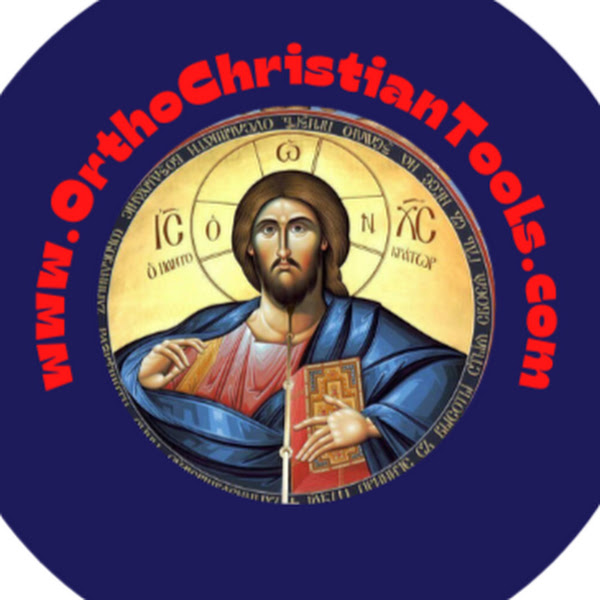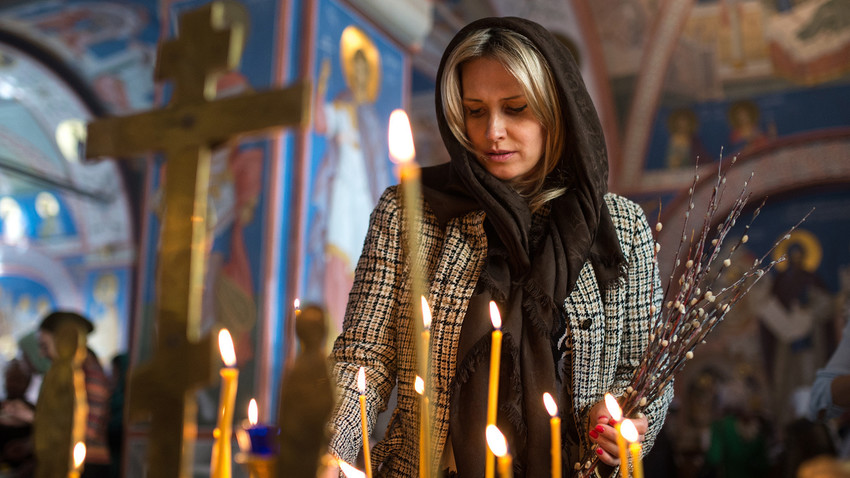For many newcomers to Orthodox Christianity—or even for lifelong believers—questions often arise about the proper way to behave in church. While liturgical tradition and physical gestures are deeply rooted in Orthodox worship, these outward expressions are meant to reflect the inner disposition of the heart. Understanding this unity between inner reverence and outer conduct is key to participating meaningfully in the Divine Services.
The Heart of Orthodox Worship: Inner Reverence and Outward Expression
Orthodox worship is rich with symbolism, movement, and sacred tradition. However, it is vital to understand that these external actions are not performed for their own sake. They are meaningful only when they reflect a genuine inner state of repentance, faith, and reverence.
Prostrations are not mere physical acts; they express humility. When we bow, we should also humble our hearts before God.
The Sign of the Cross is more than a gesture—it is a proclamation of our faith in the crucified and risen Christ. It should be done mindfully, with our thoughts fixed on the Cross we trace upon ourselves.
Prayer must be heartfelt. Reciting words without the soul’s engagement makes our worship empty and formalistic.
As Christ Himself warned: “This people honors me with their lips, but their heart is far from me” (Matthew 15:8). Orthodox Christianity calls us to unity of heart, mind, and body in worship.
Arriving at Church: Punctuality and Presence
Coming to church on time is one of the simplest, yet most overlooked, signs of reverence. Arriving late disrupts the prayer of others and fragments our own focus. Just as one would not arrive late to an important appointment or a formal event, so too should we prioritize punctuality in God’s house.
Unless absolutely necessary, one should remain in church until the service has ended. Departing early not only dishonors the sacredness of the service but can also rob us of grace-filled moments toward its conclusion.
Dress Code in the Orthodox Church: Honoring the Sacred
In the Orthodox tradition, attire is not about fashion—it’s about modesty and respect.
Women should wear modest clothing, with hemlines below the knees and shoulders covered. Slacks or trousers are not appropriate for women in church. A head covering is traditionally worn.
Men should avoid casual wear such as shorts, t-shirts with logos, or sneakers. Boys over age seven are expected to dress respectfully as well.
Our appearance should reflect the dignity of standing before the Lord. The church is not a social club or concert venue—it is the House of God.
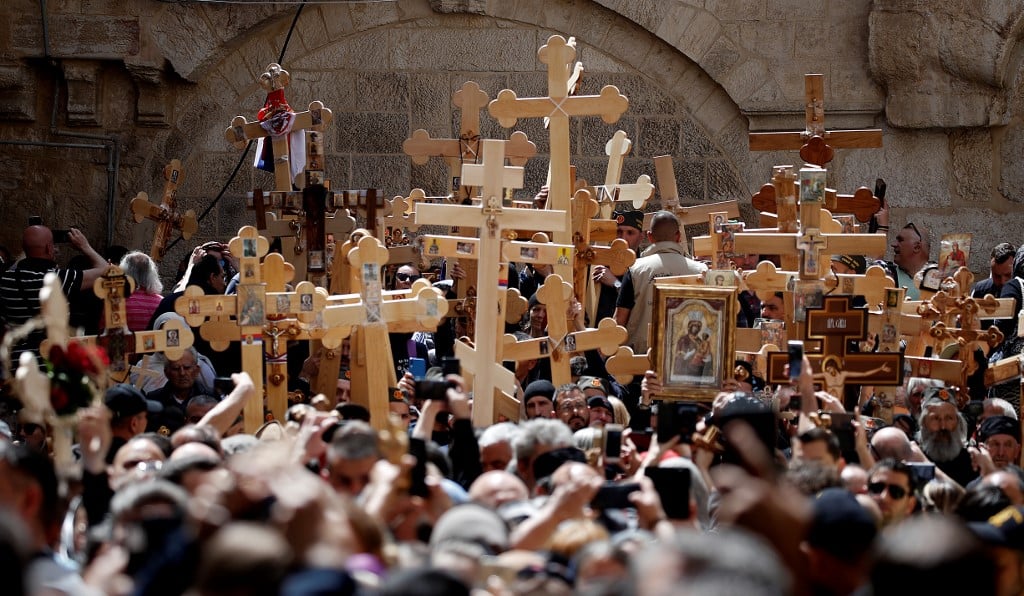
Preparing for the Liturgy: Fasting and Reconciliation
Pious Orthodox custom holds that we should refrain from eating before the Divine Liturgy. This fast is a preparation to receive the spiritual food of the Eucharist. In traditional practice, even blessed bread (antidoron or prosphora) would not be consumed unless one had fasted.
Moreover, Christ teaches us to approach the altar with a clean heart:
“If you bring your gift to the altar and there remember that your brother has something against you, leave your gift there… first be reconciled to your brother” (Matthew 5:23-24).
This call to forgiveness is essential. The Eucharist is not merely a ritual; it is communion with the living God and His Body, the Church.
Entering the Church: What to Do Upon Arrival
Upon entering, Orthodox Christians make the sign of the Cross and bow three times, showing reverence to the holy space.
Venerate the festal icons and icons of Christ and the Theotokos.
Light candles and offer prosphora and names for commemoration before the Liturgy begins—ideally during the Proskomedia (the priest’s preparation of the Gifts).
Men traditionally stand on the right side of the church, and women on the left.
During services, one should remain standing unless elderly, infirm, or caring for small children.
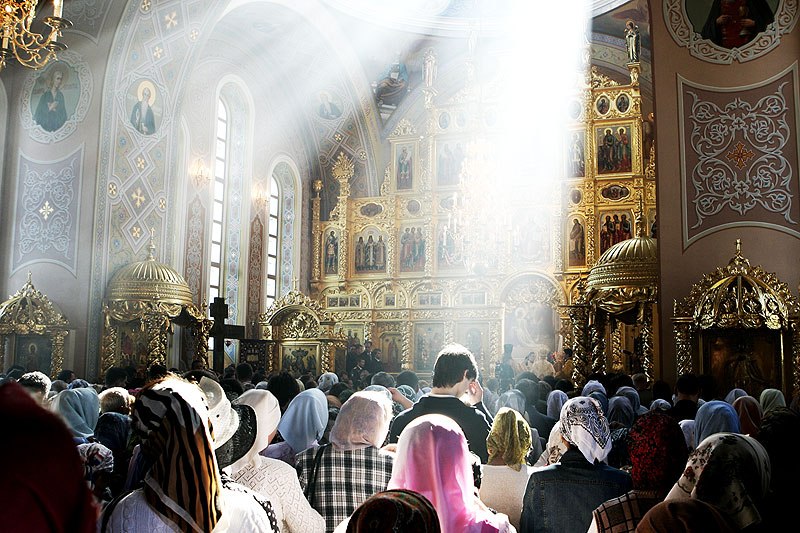
Sacred Silence: Avoiding Distractions and Idle Talk
The Orthodox Church is a place of profound prayer and spiritual focus. Conversations, laughter, and casual behavior are not appropriate within the nave.
Do not speak during the service, and avoid distracting behavior like crossing the church during sacred moments.
Do not chew gum or give children food that could be dropped and trampled.
Maintain stillness during key moments of the service (e.g., Gospel readings, the Cherubic Hymn, and especially the Eucharistic Canon).
Parents are encouraged to help children understand the importance of reverent behavior in church. Even the youngest can learn to stand quietly, cross themselves, and watch the clergy with awe.
The Significance of Prostrations and Bows
The Orthodox Church incorporates full-body movements to involve the whole person in prayer. These are not merely symbolic; they form a bridge between body and spirit.
Small bows (waist-level) are done after petitions and blessings.
Full prostrations (kneeling and touching the forehead to the floor) are reserved for weekdays and penitential seasons—not Sundays or feasts, which are celebratory.
One bows deeply at the Great Entrance, during the reading of the Holy Gospel, and when the Holy Gifts are brought forth.
Always make the sign of the Cross attentively. A careless or rushed cross is worse than none at all, as it empties the gesture of meaning.
Participating in the Divine Liturgy: Communal Worship
Our prayer is not private—it is communal. Together, the clergy and laity form the visible Church on earth. Surrounding us are icons of saints who are invisibly present. At the altar, the Lord Himself reigns in His Eucharistic Presence.
We are not spectators—we are participants in a heavenly mystery.
What Not to Do During the Divine Services
Here are times when movement, conversation, and even venerating icons should be avoided:
During Vigil:
The entrance with the censer at Vespers
The reading of the Six Psalms (lights are off; stillness is expected)
The Gospel reading at Matins
The singing of “More Honorable Than the Cherubim” and the Great Doxology
During Liturgy:
The Little and Great Entrances
The readings of the Epistle and Gospel
The Cherubic Hymn and the Eucharistic Canon
The Lord’s Prayer (“Our Father”)
The distribution of Holy Communion
Behavior Notes:
No crossing in front of clergy or readers during their service
No standing with hands in pockets or legs crossed
No shaking hands or kissing women’s hands
No casual talking before, during, or after the service inside the nave
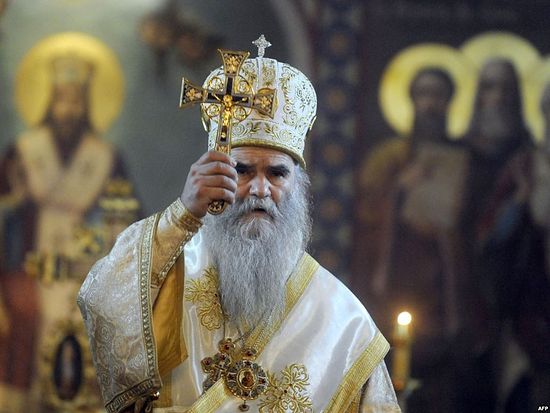
Prostrations During the Liturgy: When and Why
The Liturgy calls for six key full prostrations (on weekdays):
After the Creed, during the prayer of thanksgiving.
During the Epiclesis, as the priest calls down the Holy Spirit to change the Gifts.
In honor of the Theotokos, during the hymn “It is Truly Meet”.
During the Lord’s Prayer, especially at “Give us this day our daily bread.”
At Communion, when the Holy Gifts are brought forth with the call: “With fear of God, with faith and love draw near!”
After Communion, at the final prayer of thanksgiving.
A Final Word: Reverence in the Presence of the Divine
The Orthodox Church is not simply a place of prayer—it is heaven on earth. In her holy walls, we encounter Christ, the angels, and the saints. The Holy Spirit descends, the Eucharist is offered, and salvation is proclaimed.
Let each of us, whether newcomer or cradle Orthodox, remember that reverence is not about rigid rules but about love. Love for God. Love for His Church. Love for His people.
May our outward behavior in church be a true reflection of an inner life aflame with the love of Christ.
